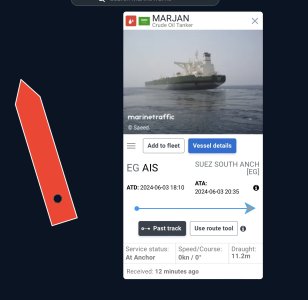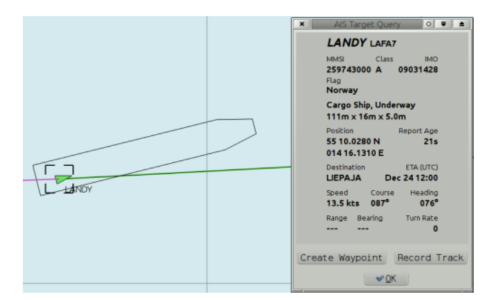capnsensible
Well-known member
Radiocommunication Study GroupsDemands for such extreme and unnecessary precision are usually an indication of a system that has lost touch with its practical roots and has been taken over by unthinking bureaucrats/technogeeks rather than practically-minded people who actually understand the job.
Surely no-one would ever describe the CG in such terms?
Get on in there and give it to them, the know all so called experts.


